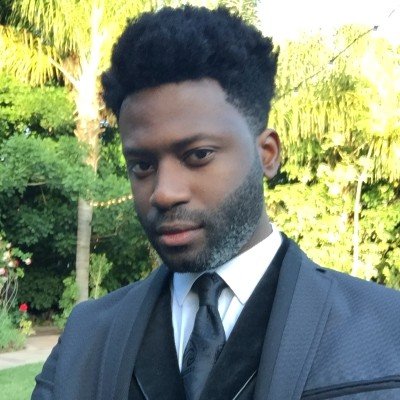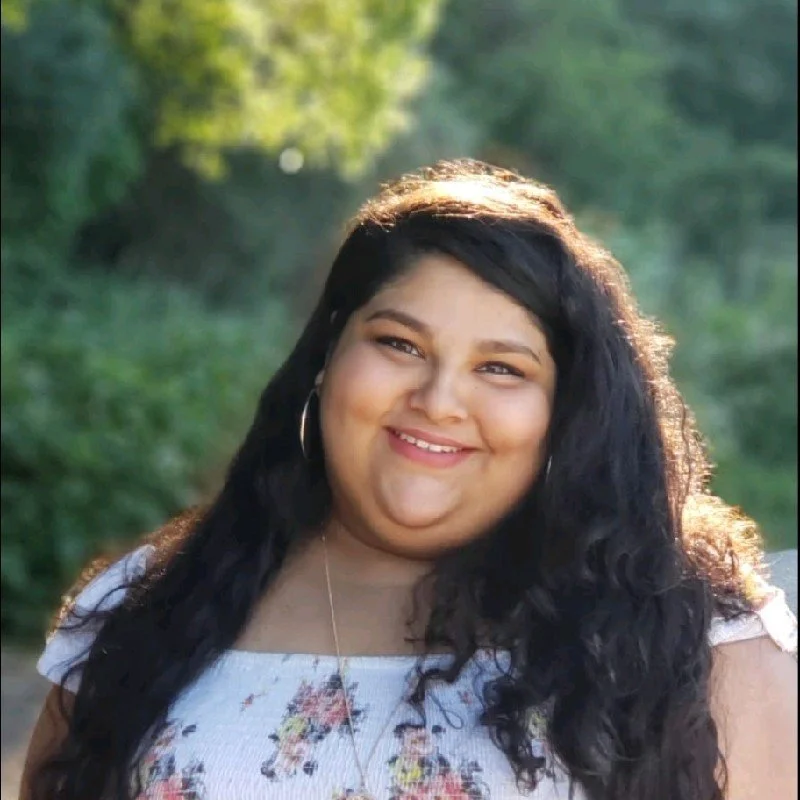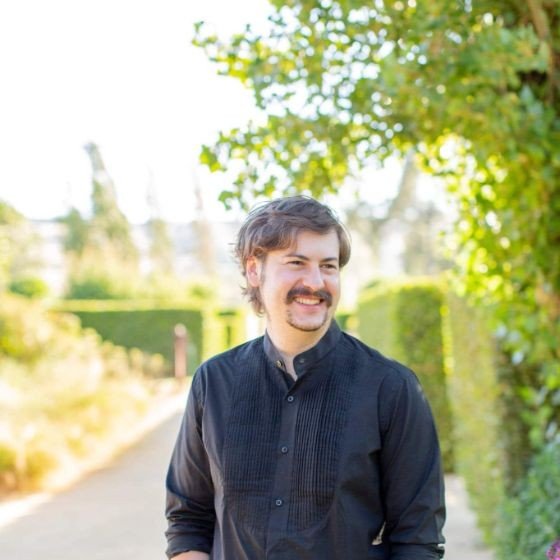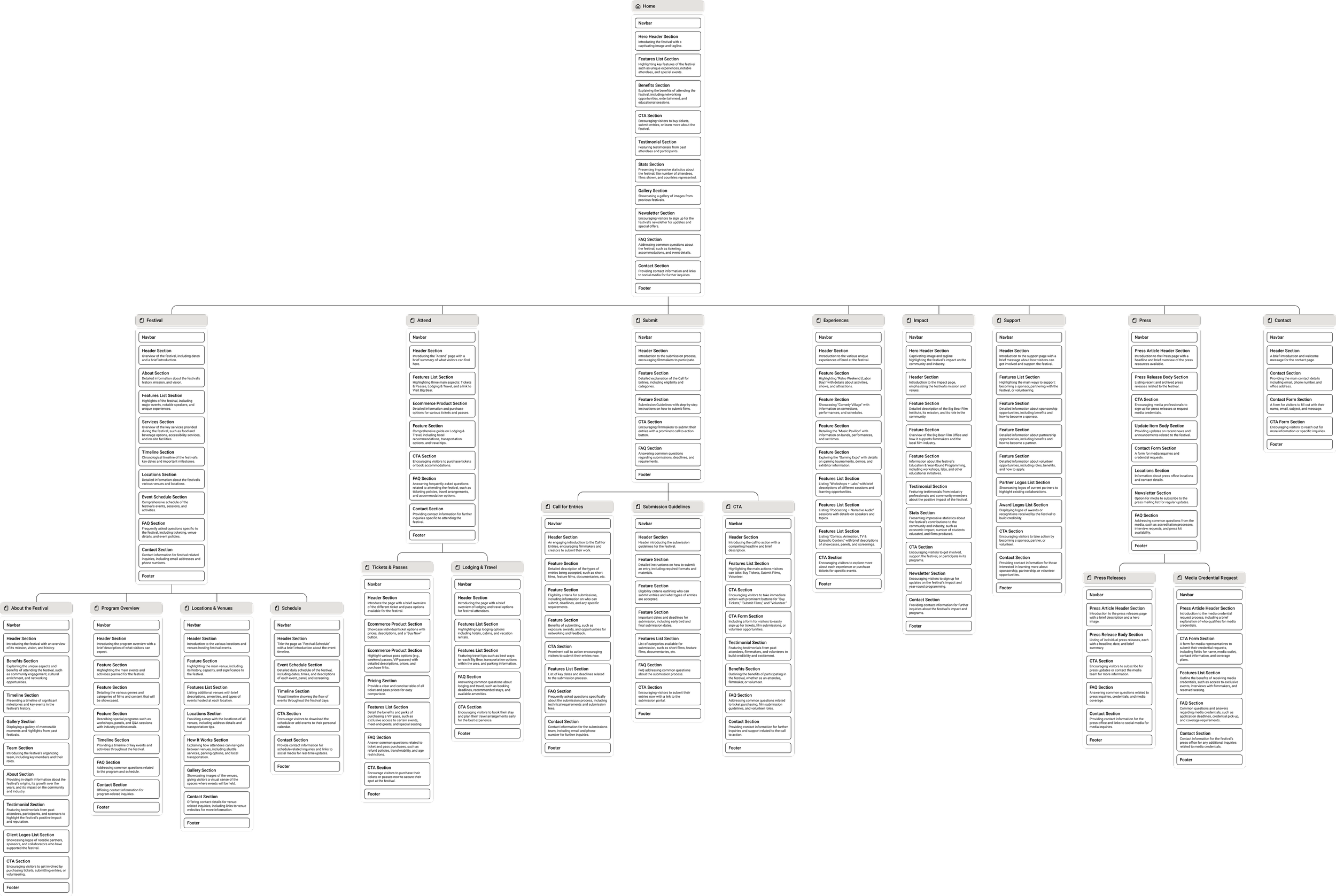
Overview
The Big Bear Film Festival is a premier film festival nestled in California’s mountain town of Big Bear Lake, an annual convergence of filmmakers, storytellers, and audiences seeking creativity and community. As the festival evolved to include new transmedia experiences, interactive panels, and marketplace events, its website needed to reflect that same level of energy, accessibility, and sophistication.
Our design challenge was to reimagine the festival’s digital presence into an immersive, user-centric platform that could scale beyond a simple event site. The goal was to create an experience that inspired discovery, simplified navigation across six venues and dozens of live events, and strengthened the festival’s identity as not just a film festival, but a hub for creativity, connection, and cultural impact.
Through research, information architecture, and iterative interaction design, the new site redefined how users explore the schedule, engage with films, and connect with the festival community, turning browsing into participation and transforming a static site into an interactive celebration of storytelling.
Problem & Stakes
In the 2010s, the Big Bear Film Festival went on hiatus to reevaluate its place in an entertainment landscape that had evolved beyond traditional cinema. Now, with its bold 2025 return, the festival sought to redefine itself as a multidisciplinary celebration, uniting film, comedy, gaming, animation, music, and emerging media under one new alpine roof.
But a new vision required a new digital experience. The festival needed a website that could carry its modern identity and operationally support an ambitious relaunch including ticketing, scheduling, travel planning, sponsorship visibility, and community engagement. With only three months until the mid-September event, there was no room for delay.
Failure to deliver on time meant more than missing a launch; it meant potential attendees would not be able to purchase passes, plan their visits, or engage with the festival at all. The stakes were clear. Without a functional and inspiring website, the festival’s long-awaited comeback could falter before it even began.
Meet the Team
-

Justin Nathaniel
Lead Designer
-

Onaiza Kazi
Product Manager
-

Robbert Wijtman
Senior Engineer
My Role
As the Lead UX Designer, I was responsible for taking the Big Bear Film Festival website from concept to launch. Partnering with Product Manager Onaiza Kazi and Engineer Robbert Wijtman, our small cross-functional team worked with the festival’s directors to bring their relaunch vision to life within a tight three-month timeline.
My role encompassed the full design process from strategy to execution. I refined the festival’s fragmented brand identity, established the information architecture and site map, and developed low- and high-fidelity wireframes that captured the evolving creative direction. I also led the interaction design work, ensuring that every motion and transition supported clarity, excitement, and accessibility.
Using Figma as the foundation, I designed and developed the interactive prototype that ultimately became the festival’s live digital experience via Figma Sites. Throughout the process, I collaborated closely with the product manager and engineer, translating client feedback into iterative improvements and maintaining alignment across design, content, and development.
Goals and Success Metrics
The goal was to launch a strategic, high-converting website experience that would drive the Big Bear Film Festival’s core business objectives for the 2025 season, beginning with Phase One.
Drive Revenue:
The new site needed to generate sales through direct Eventive integration, enabling early bird and general admission ticket purchases. It also had to attract sponsors and partners by clearly communicating collaboration opportunities and showcasing brand alignment potential.
Generate Submissions:
The design had to inspire filmmakers and creators across film, comedy, gaming, animation, and music to submit their work by emphasizing the festival’s prestige, creative categories, and year-round programming.
Build Brand Equity:
A central goal was to reestablish BBFF as a unique, creator-focused, and multi-platform festival. The site needed to use immersive storytelling and cohesive design to elevate public perception and media coverage.
Inform and Engage Key Audiences:
The experience had to serve multiple audiences—press, partners, filmmakers, and festival-goers—with accessible, engaging, and well-structured information. Additionally, it aimed to increase newsletter signups and social media following to cultivate a long-term, connected community.
Lay the Foundation for Growth:
The website was designed to scale, supporting the seamless addition of new experiences, venues, and partner programs in future phases.
Constraints and Risks
The Big Bear Film Festival redesign was both a creative challenge and a race against time. With only three months until launch, every design and development decision had to be deliberate, strategic, and executable. The project began from zero with no prior web infrastructure, an outdated brand, and fragmented content. Building a foundation while creating a complete digital experience for the 2025 relaunch meant operating under tight constraints and high expectations.
Time and Scope Compression
The three-month window required fast iteration cycles and constant alignment with the festival team. There was no room for lengthy exploration or multiple testing rounds. Design and development progressed in parallel, allowing structure, visuals, and interactions to evolve together.
Brand Ambiguity
After years on hiatus, the festival’s brand identity had weakened. Without a consistent visual or tonal direction, there was a real risk of misrepresenting its new vision. Early design efforts focused on reestablishing the brand language through typography, color, and tone so that the site could confidently express its revitalized creative identity.
Limited Resources
With a small three-person core team, we had to balance strategy, design, and engineering simultaneously. We prioritized features that would drive the most impact, such as ticket purchasing, submissions, and event discovery, while postponing lower-priority enhancements to later phases.
High Dependency on Third-Party Integrations
Ticket and pass sales depended on seamless Eventive integration, introducing potential technical delays and dependencies beyond our direct control. To reduce risk, I designed flexible interaction patterns that maintained a smooth user experience even when external components loaded asynchronously.
Public Launch Visibility
This was not just another website; it was the face of the festival’s grand return. Any lapse in design quality, accessibility, or usability could undermine ticket sales, sponsor interest, and press coverage. Every detail mattered because the success of the relaunch depended on first impressions.
Discovery and Research
Before defining the new direction for the Big Bear Film Festival website, I began with a comprehensive discovery phase to understand where the festival stood and what it needed to become. The first step was auditing past BBFF materials, including branding assets, archived web content, and promotional materials. This revealed that the existing identity was visually outdated and thematically inconsistent with the festival’s new multidisciplinary vision that blended film, comedy, gaming, music, and emerging media. The tone and design language of past materials no longer reflected the energy or inclusivity the relaunch demanded.
To inform the new direction, I conducted a competitive analysis and heuristic evaluation of leading film festivals and cultural organizations such as Sundance Film Festival, Cannes Film Festival, Toronto International Film Festival, ReelAbilities, and Superfest International Disability Film Festival. Each offered valuable insight into how large-scale events communicate prestige, manage complex schedules, and create accessible digital experiences for diverse audiences.
From this research, several themes emerged. The strongest digital presences combined cinematic storytelling with utility, allowing users to explore, plan, and participate without friction. Accessibility was treated as a feature, not an afterthought. Festivals that succeeded in community engagement built clear visual hierarchies and offered intuitive navigation that supported different user goals, from purchasing tickets to submitting films or accessing press materials.
These insights established the foundation for BBFF’s information architecture and interaction design strategy. The goal was to capture the spirit of discovery and creativity that defines the festival while ensuring the experience felt both world-class and unmistakably rooted in Big Bear’s unique cultural identity.
Information Architecture
The foundation of the new Big Bear Film Festival website began with redefining how users would navigate and interact with a growing ecosystem of events, programs, and partners. Using insights from the discovery phase, I focused on creating a structure that could serve multiple audiences—festival attendees, filmmakers, press, and sponsors—while remaining intuitive and scalable for future growth.
I started by mapping all known content needs and organizing them into logical pathways that reflected real user intent. The site architecture was built around five core journeys: learning about the festival, attending, submitting, sponsoring, and engaging with media or press. Each of these journeys informed how primary and secondary navigation items were grouped. The goal was to reduce cognitive load and create a clear sense of orientation across the site.
Using Figma, I developed a detailed site map that visualized every page and interaction. This allowed the team and stakeholders to see how each section connected, where information lived, and how users would flow through the experience from first click to conversion. The structure included clear global navigation, audience-specific subpages, and dedicated pathways for core actions such as purchasing tickets, submitting films, and viewing schedules.
One of the biggest challenges was balancing ambition with usability. The festival’s expansion into multiple disciplines risked overwhelming users if too many categories competed for attention. To solve this, I used modular content blocks and consistent hierarchy patterns to make navigation predictable while still allowing for dynamic storytelling.
Refining the Map
It was quickly apparent that the original map was too cumbersome for our timeline and our users. I would subsequently iterate on the map two more time to simplify and consolidate pages that were not offering much value to users on their own but improved when coupled elsewhere.

